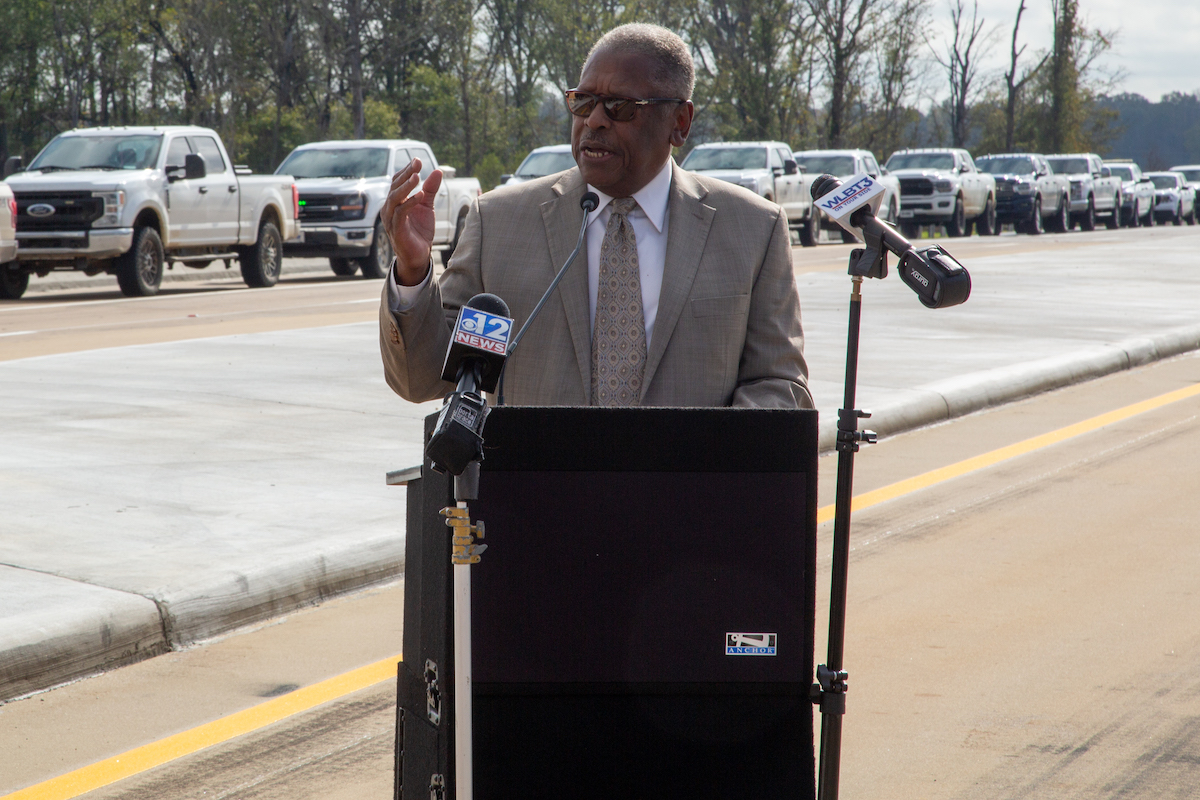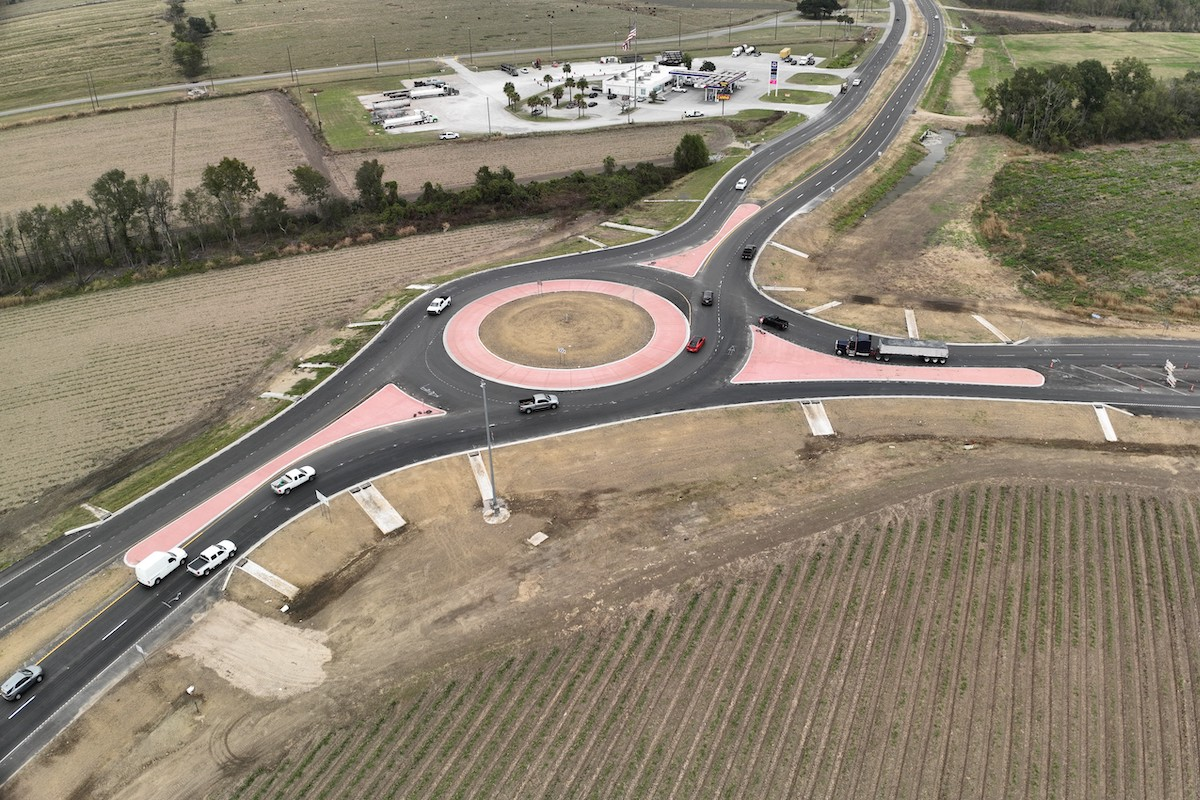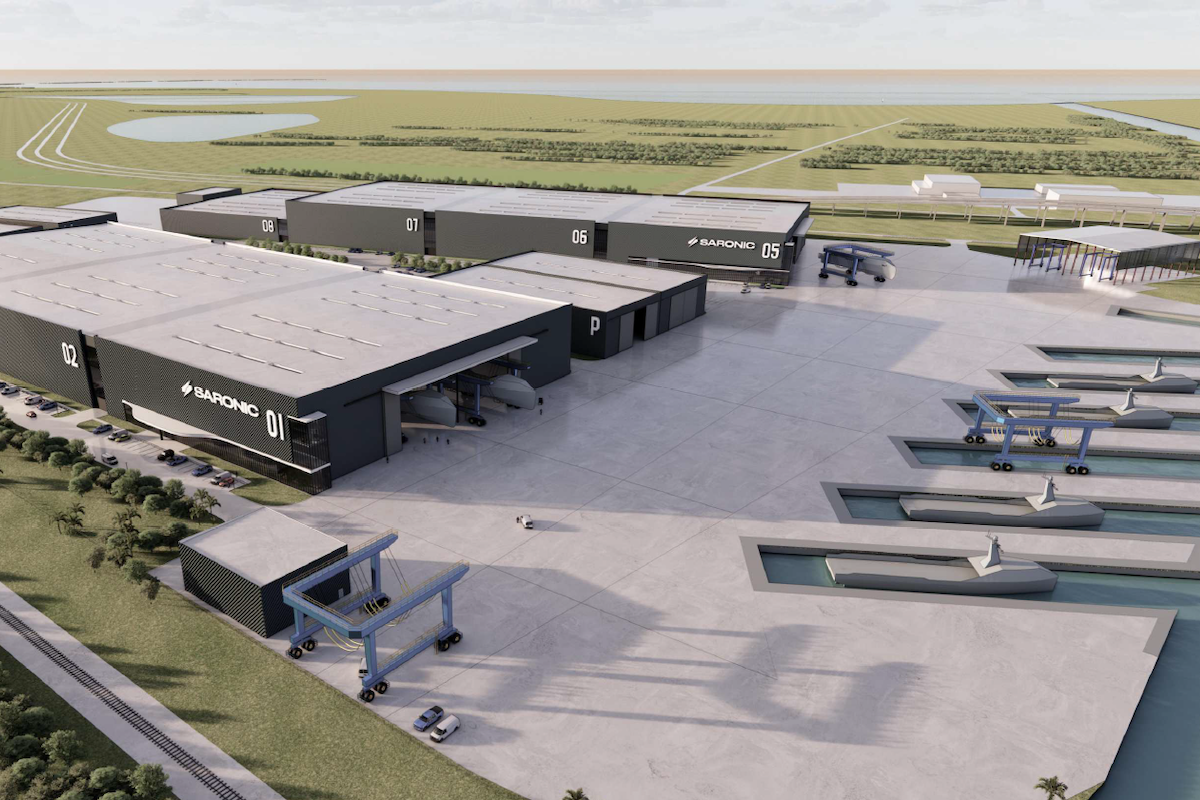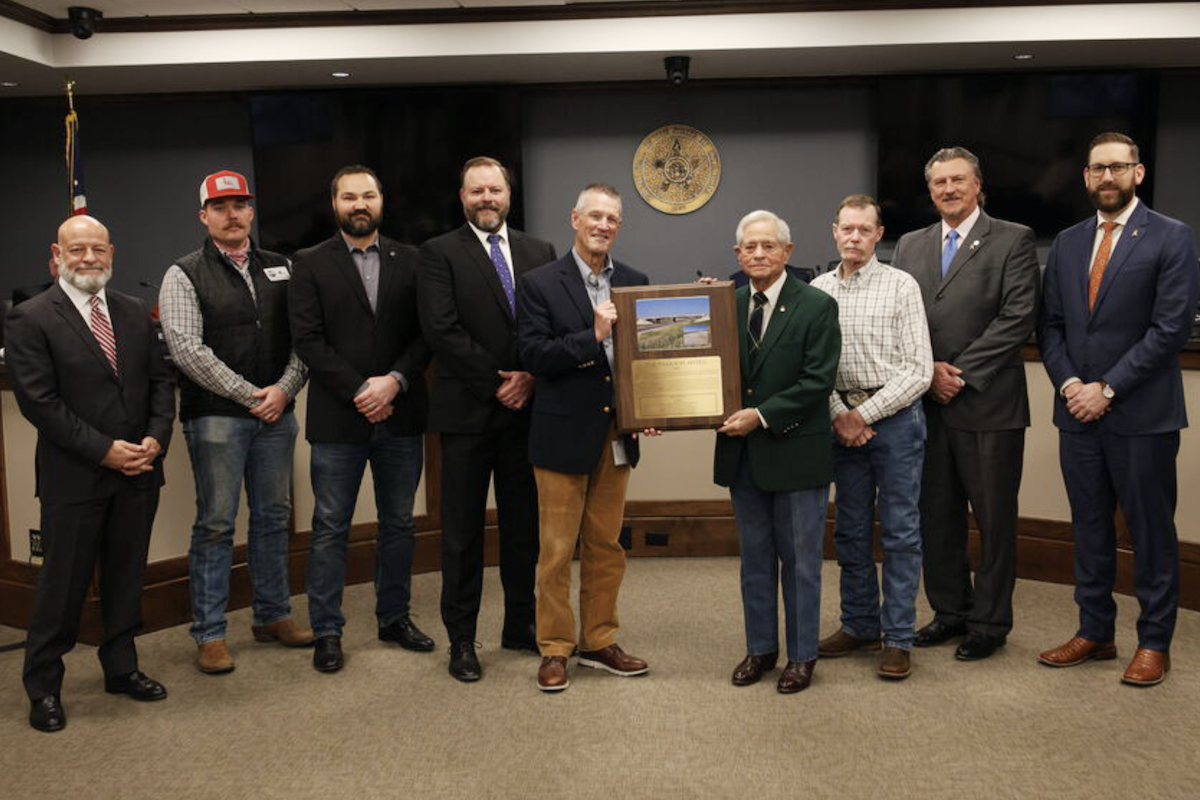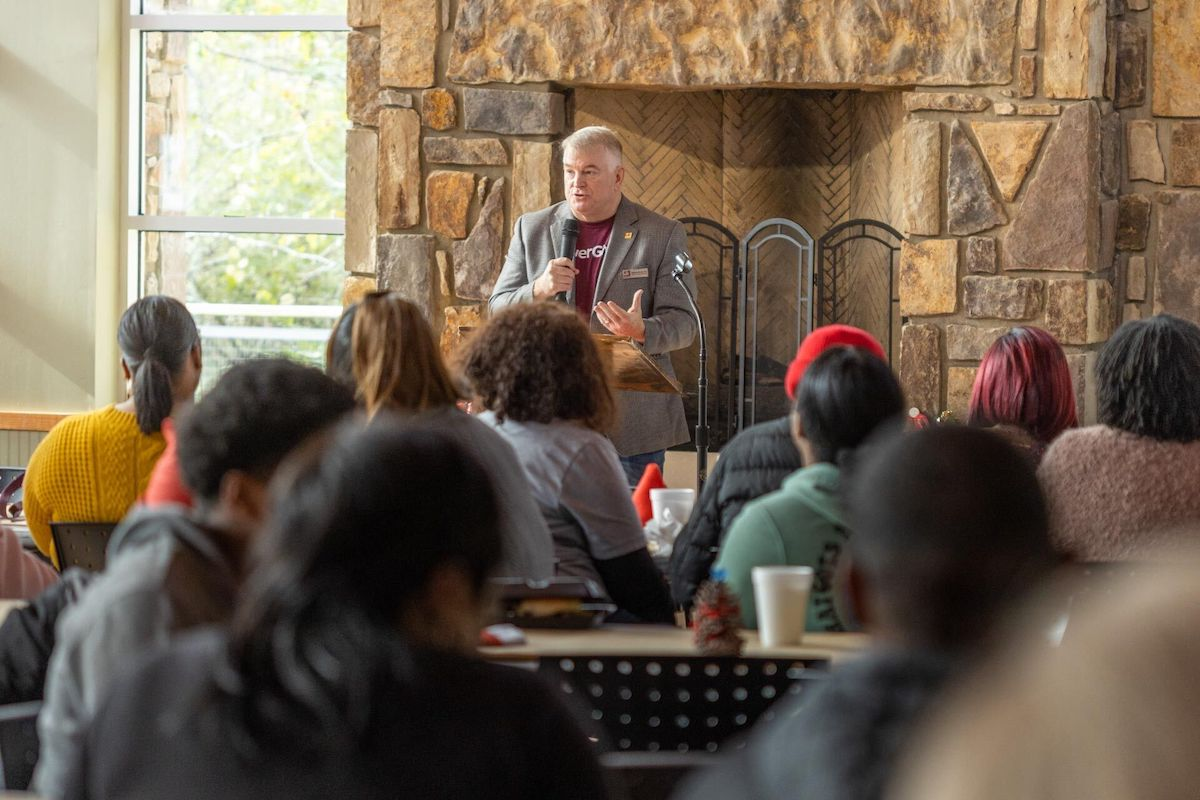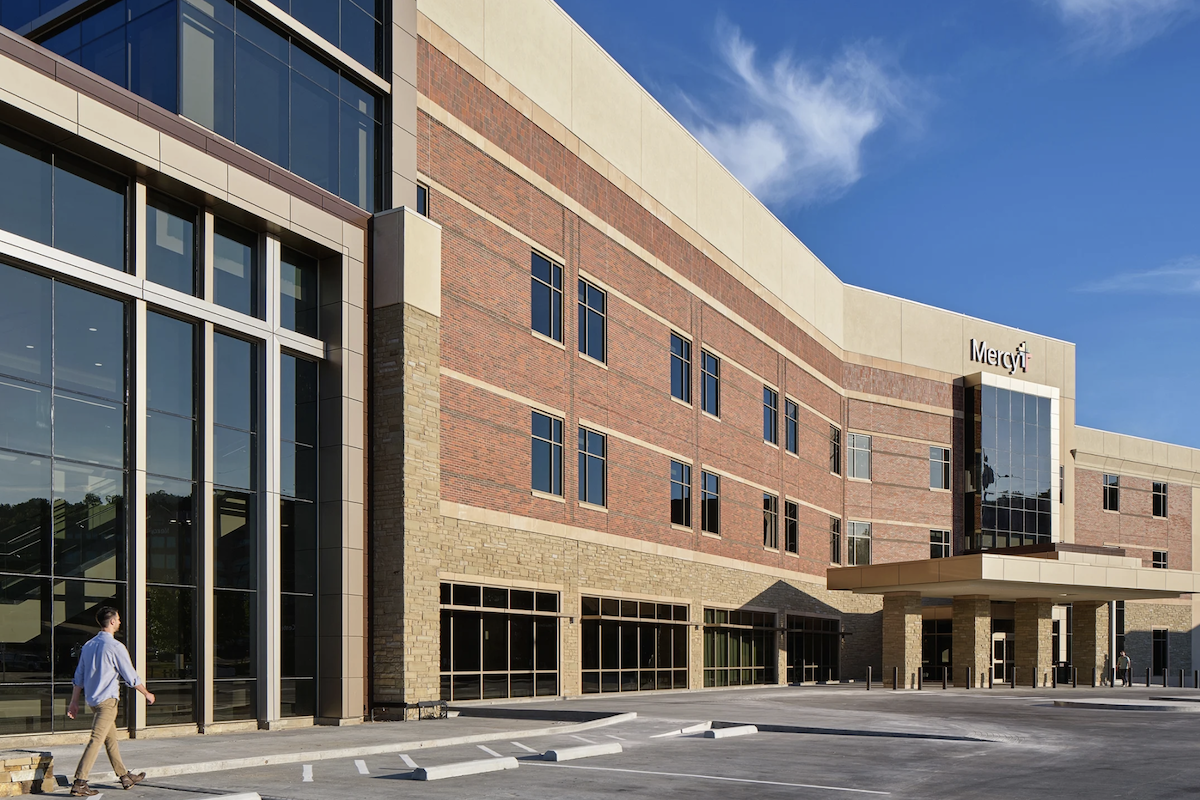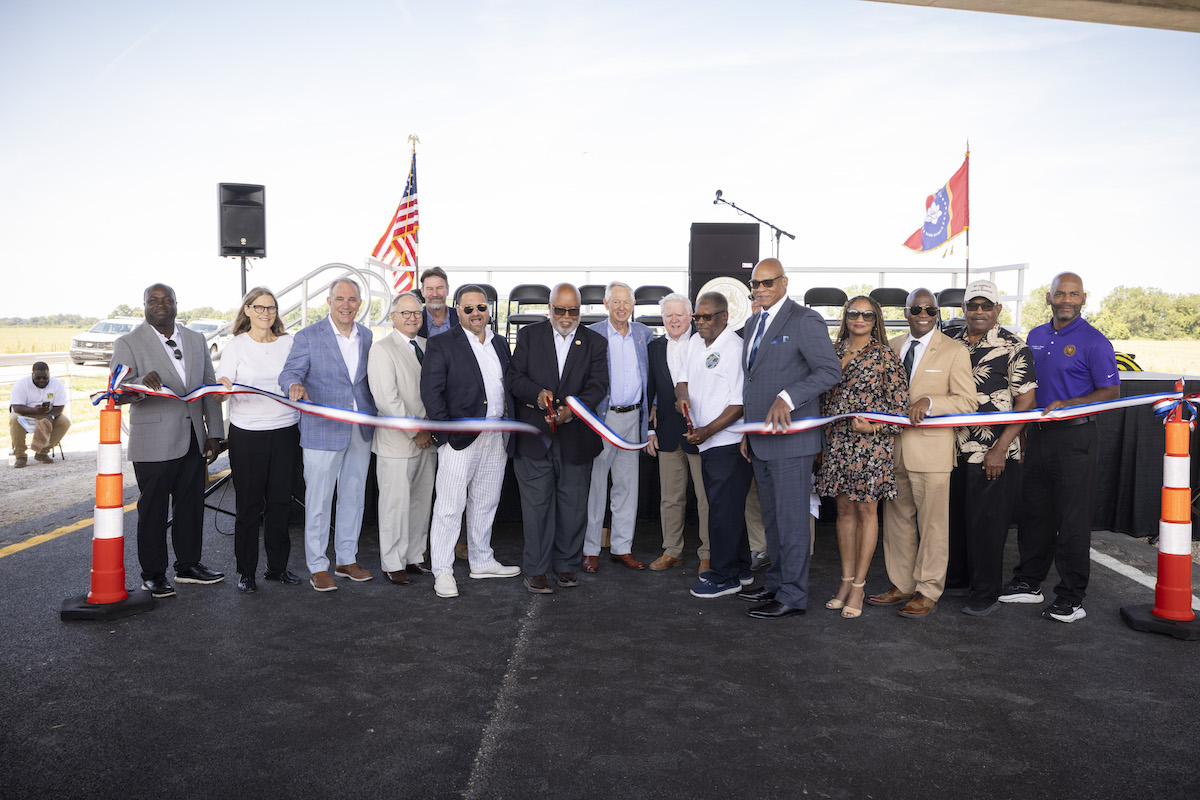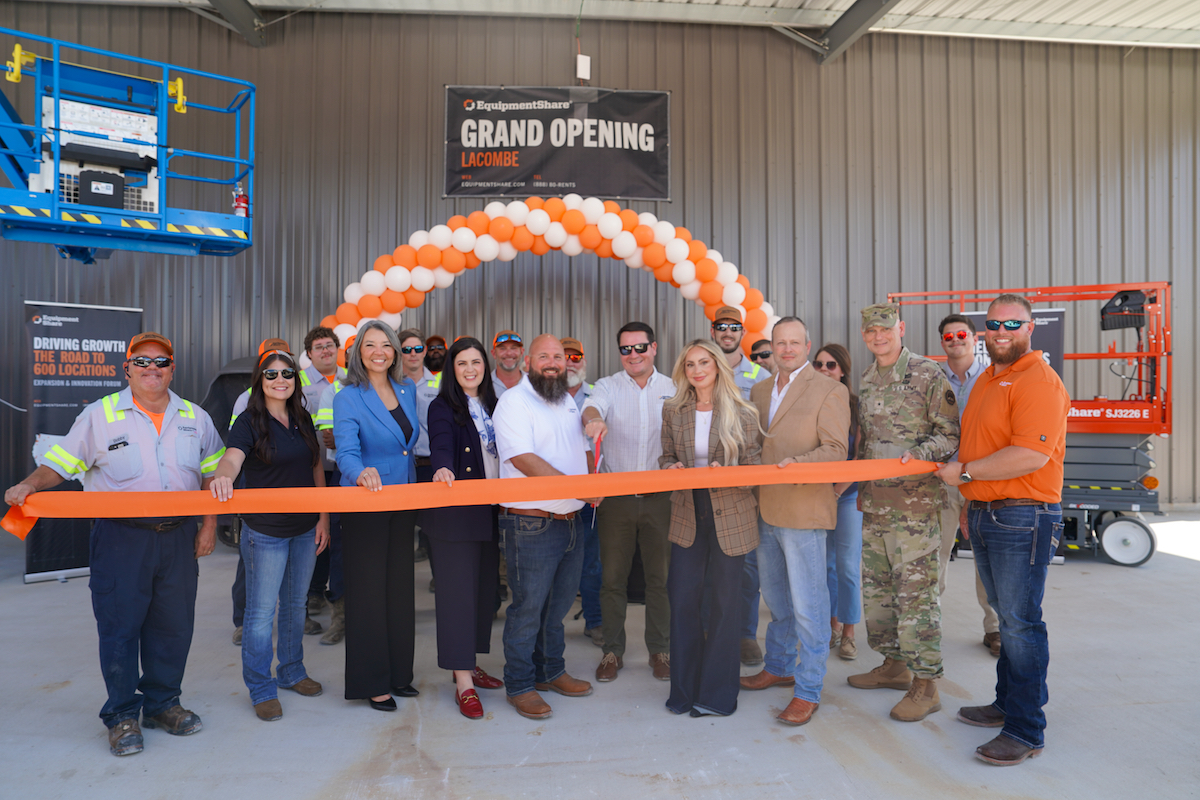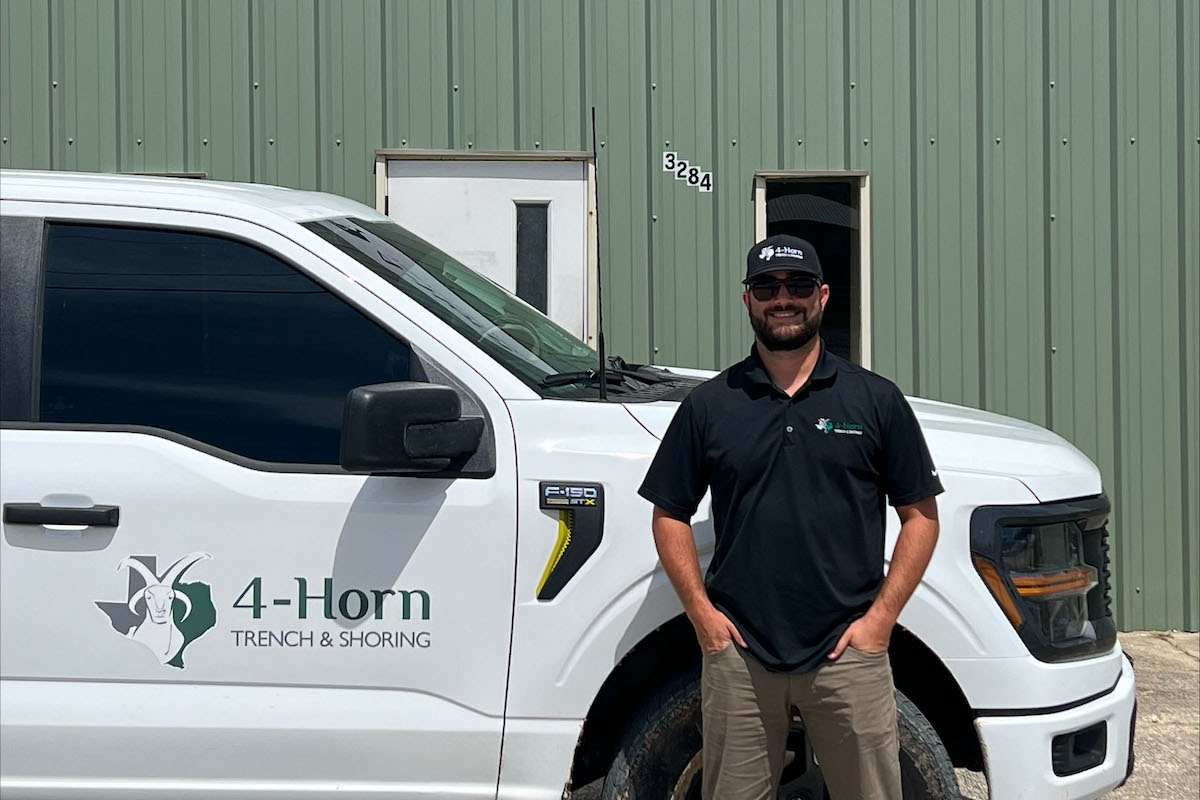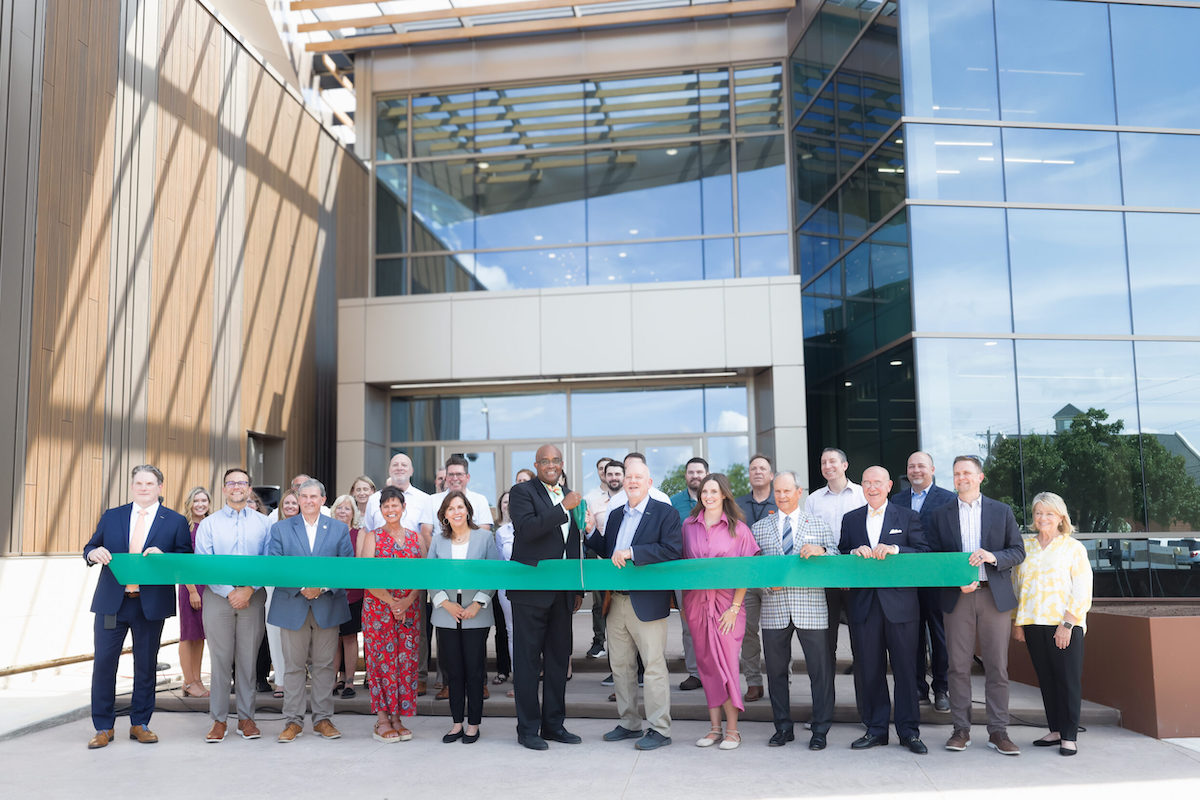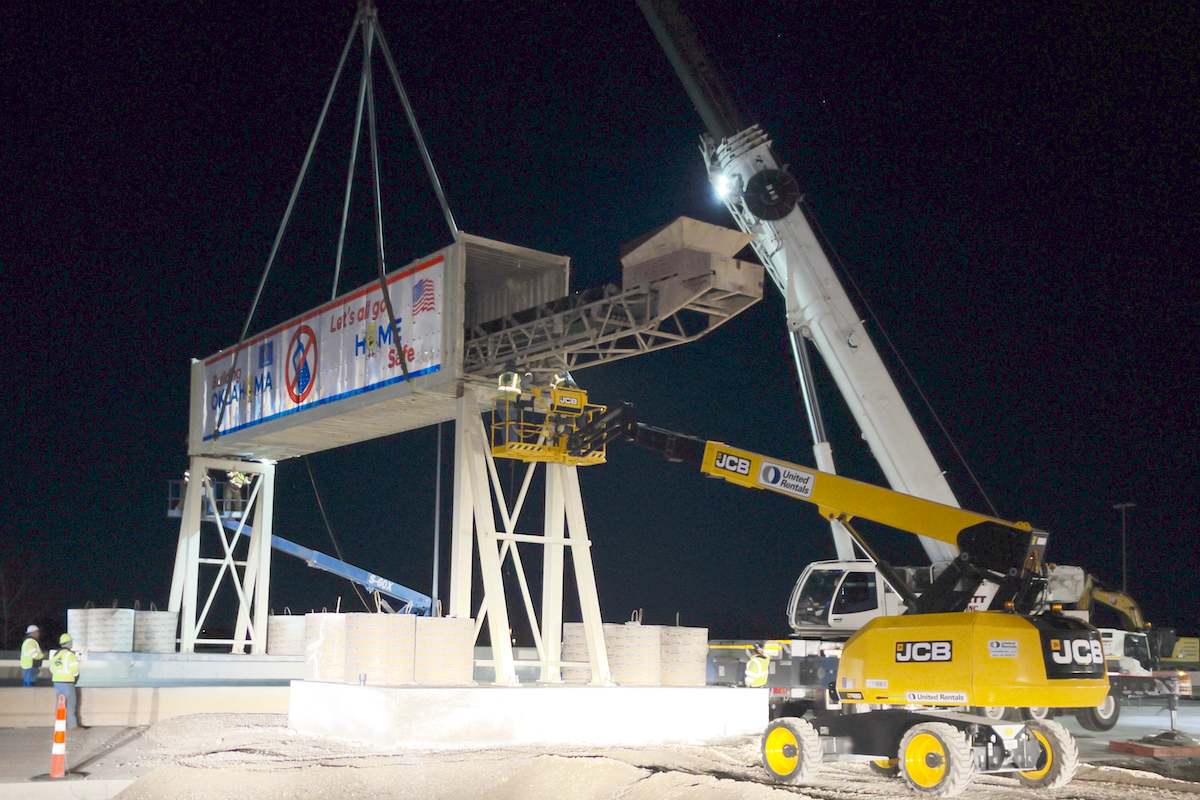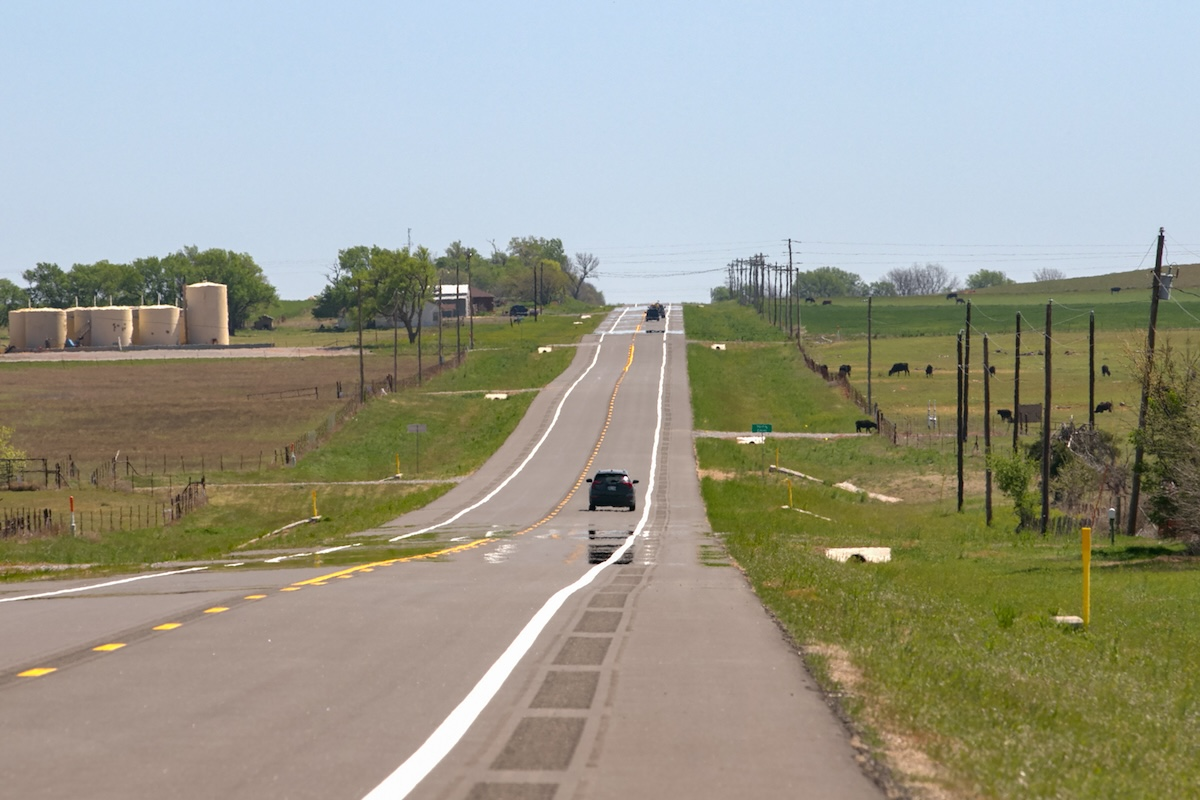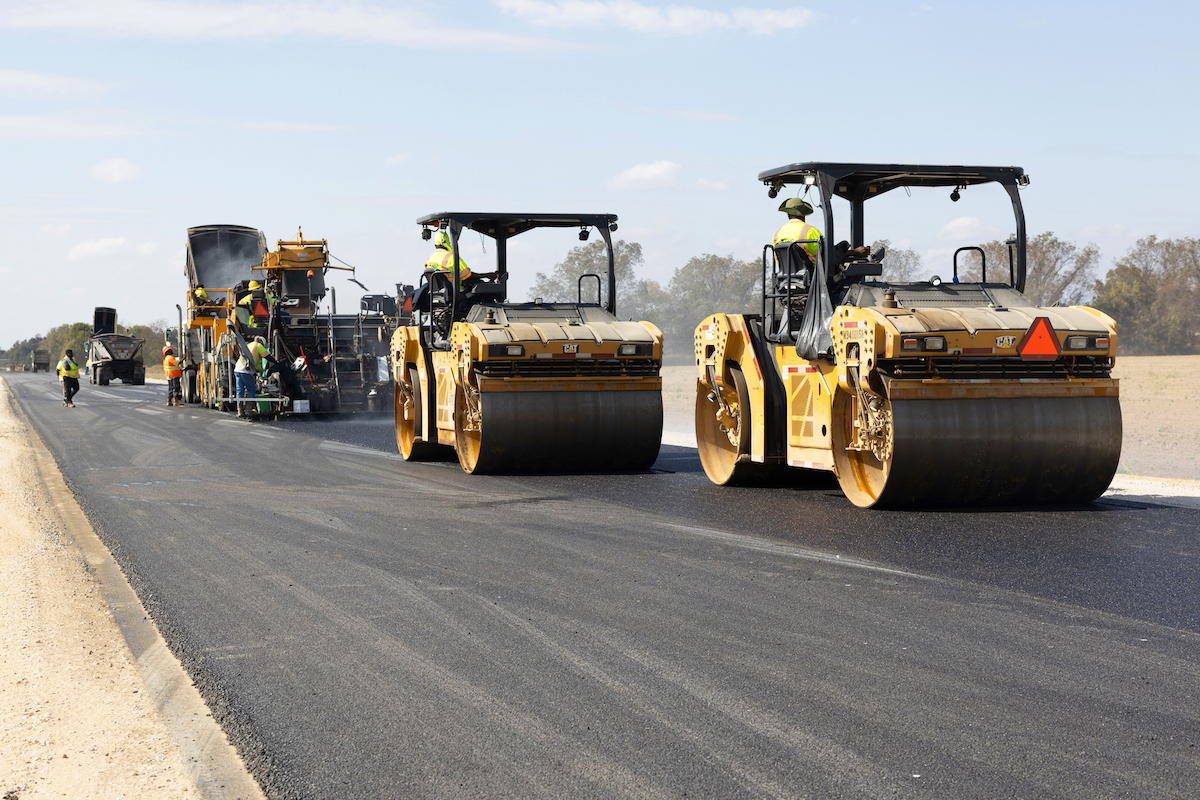In the area where the project is taking place, the route is a free access highway that runs through local communities. This means traffic must slow down and deal with traffic lights and local commuters. This scenario of different types of traffic has led to crash rates that are higher than average.
“The goal of the project is to separate the local traffic from the through traffic and allow the through traffic to stay on a four-lane limited access highway,” says Ted Deptula, Assistant Construction Engineer for the Pennsylvania Department of Transportation (PennDOT) District 3. Deptula, who oversees construction activities and administers the contract, adds, “The project will improve safety and ease congestion.”
The new highway is approximately 13 miles long. It will connect or fill in a missing limited access link along the Route 15 corridor.
The CSVT, on which construction was begun in the fall of 2015, is divided into a northern and southern section. “The project was broken into two sections for design and construction purposes,” says Matthew Beck, Assistant Plans Engineer for PennDOT District 3. Beck, who oversees design and other preconstruction activities, continues, “For funding and cash flow purposes, we are constructing both sections in a series of contracts.”

| Your local Wirtgen America dealer |
|---|
| Kirby-Smith Machinery |
The river bridge, which is expected to be complete later this year, is 4,545 feet long and includes 15 spans and piers ranging from 60 to 180 feet high. One million cubic yards of earthwork had to be completed in order to construct the bridge. Construction cost for the bridge is $156 million.
The fourth and final contract for this section began in the spring of 2019. This contract involves the team constructing brand new pavement for the northern section. The pavement will include a 9-inch concrete base with 5 inches of asphalt on top. PennDOT often uses asphalt to overlay existing concrete pavement that was constructed many years earlier, but doing it for new construction is not typical for the department.
Based on PennDOT’s experience using the mix to maintain existing concrete highways, they are confident it will have good results for this project, and it will exceed the life of a typical new pavement that is entirely concrete or entirely asphalt. “We expect the pavement to have a very long life with a smooth ride using both concrete and asphalt,” said Deptula. “Maintenance of the road will also be easier.”
Also, similar to the northern section, the southern section requires the movement of a significant amount of earthwork – 4 million cubic yards. Other work includes building 10 new structures and modifying two existing structures.
The southern section has run into some design challenges that have delayed its start. The area is home to a former coal-fired power plant and fly ash waste basins. Fly ash, which is a by-product of burning coal, was collected in basins and was covered over.

| Your local Case Construction Equipment Inc dealer |
|---|
| ASCO Equipment |
Preliminary engineering studies roughly 20 years ago indicated the fly ash would drain over time and that highway construction could occur over the ash basins. PennDOT’s final design geotechnical studies in 2016 ultimately found the ash has not drained as anticipated and construction could not take place over the ash basins. So, the route had to be altered to avoid the basins. This impacted approximately 2 miles of the route.
“We spent roughly a year working through alternatives studies and conducting public outreach before recommending a modified alignment that would reroute CSVT around the ash basins,” says Beck. By early 2019, PennDOT got environmental clearance for that modified alignment.
Another challenge in preparing to do the work is acquiring right of way. Beck notes that 75 properties need to be acquired. A fraction of the properties are homes while others are portions of farms or other larger parcels of lands.
The team has also had to focus on utility relocations. A gas transmission pipeline, which was recently installed in the project area, has to be moved to accommodate the new highway. The pipeline feeds a natural gas power plant along the Susquehanna River, which is located where the coal fired plant used to be.
As the CSVT continues to take shape, its development will be welcomed by locals. “It’s a major project for the area and has been anticipated for decades,” says Beck. “It will address long-standing transportation needs, and it will not only improve safety and reduce congestion but also accommodate future growth throughout the region.”

| Your local Takeuchi Mfg Ltd dealer |
|---|
| Kirby-Smith Machinery |
Both local and through traffic will have their own roads. With these options, each group will be able to get to their destination safer and easier.













